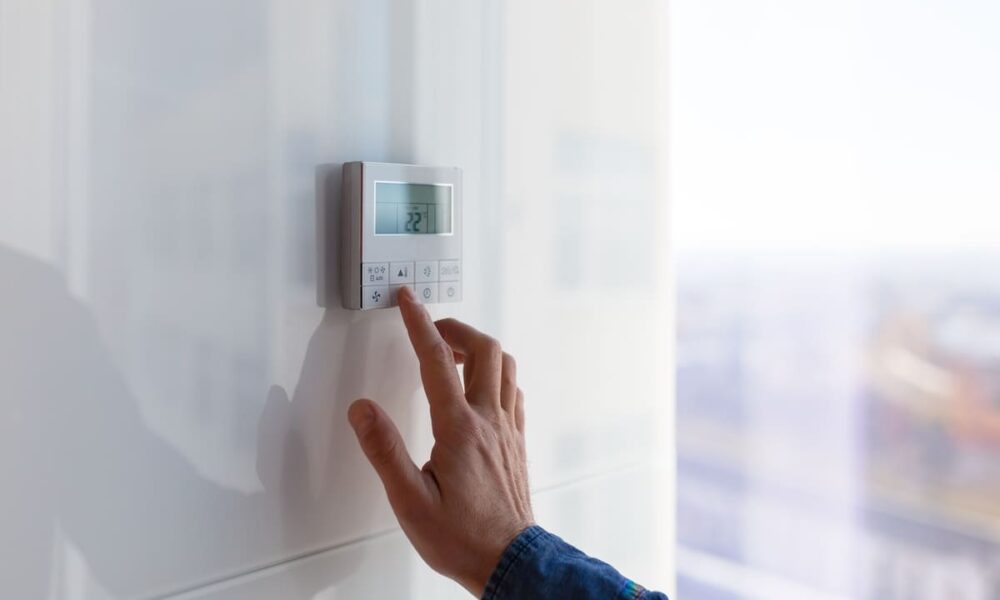Health
How much does a heat pump consume: complete guide to consumption and savings

Are you looking for an efficient solution for heating and cooling your home?
Heat pumps are gaining more and more popularity, but you may be wondering: “How much does a heat pump actually consume?”
Don't worry, in this complete guide, we will explore all the aspects related to the consumption of these innovative systems, providing you with the tools to evaluate whether they are the right choice for you.
Get ready to discover how to optimize consumption, save on your bill and contribute to a more sustainable future.
Factors that influence the consumption of a heat pump
When it comes to the consumption of a heat pump, there is no single answer. Energy consumption depends on a number of interconnected factors that can vary significantly from one installation to another. First of all, the model and power of the pump play a fundamental role: an oversized pump will consume more than necessary, while an undersized one will constantly work at maximum capacity, reducing efficiency.
The brand of the device chosen also affects its quality and consequently consumption: heat pumps from the best brands, such as Daikin, are in many cases decidedly more efficient. To get an example we also recommend you visit this section of the Climamarket website where you can discover the different models available and thus discover the consumption of the Daikin heat pump .
The dimensions and characteristics of the environment to be air conditioned are equally crucial. A 200 m2 house will naturally require more energy than a 50 m2 apartment, but it is not just a question of square meters. The thermal insulation of the building is a determining factor: a well-insulated home will retain heat (or cool) better, reducing the work required of the heat pump.
Let's not forget about the influence of external climatic conditions . In areas with particularly cold winters or scorching summers, the heat pump will have to work harder to maintain the desired temperature inside. Speaking of temperature, your personal preferences also affect consumption: maintaining 20°C instead of 22°C in winter can make a significant difference on your bill.
The method of use is another aspect that should not be underestimated. Do you use the pump only for heating or also for cooling and the production of domestic hot water? Each function has a different impact on consumption. Last but not least, there is the energy efficiency of the system , measured through the COP (Coefficient of Performance) for heating and the EER (Energy Efficiency Ratio) for cooling. The higher these values are, the lower the consumption will be for the same comfort.
Practical example: consumption of a heat pump in a typical home
To make the concept more tangible, let's analyze the case of a typical 120 m2 house with a 5 kW air-water heat pump . In this scenario, let's imagine a family of four using the system for heating, cooling and domestic hot water production.
In the first hour of switching on , when the pump must "bring the room to temperature", consumption can reach 2-2.5 kWh. This initial peak is normal and should not be scary. Once the desired temperature is reached, consumption stabilizes at around 1-1.5 kWh per hour, depending on external conditions and the insulation of the building.
In colder periods , with external temperatures close to zero, consumption could rise up to 2 kWh per hour. However, it is important to note that these are average values and can vary significantly. For example, on particularly mild days, consumption could even drop below 1 kWh per hour.
Comparing these data with traditional heating systems, the advantage of the heat pump clearly emerges. A gas boiler of the same power, in similar conditions, would consume the equivalent of approximately 2-3 m3 of gas per hour, with a generally higher cost.
It is essential to underline that these consumptions can be influenced by numerous factors. A smart thermostat that optimizes operating times could reduce consumption by 10-15%. Similarly, improving the thermal insulation of the home could lead to savings of up to 30% on annual consumption.
How to calculate the consumption of your heat pump
Now that you have a general idea, let's see how you can estimate the consumption of your heat pump. The most accurate method is to use the following formula:
Consumption (kWh) = Rated power (kW) / COP x Operating hours
For example, for a 5 kW heat pump with a COP of 4, used for 8 hours per day, the calculation would be: 5 / 4 x 8 = 10 kWh per day
However, this is a simplified calculation. For a more precise estimate, there are online tools and specific apps that take into account factors such as building insulation, climate zone and usage habits. Some manufacturers also offer custom calculators for their models.
The correct sizing of the heat pump is crucial to optimize consumption. An oversized pump not only costs more to purchase, but also consumes more energy than necessary. Conversely, an undersized pump will constantly work at maximum capacity, reducing the efficiency and life of the system.
Don't underestimate the importance of reading the energy label carefully when choosing a heat pump. In addition to the energy class, pay attention to the SCOP (Seasonal Coefficient of Performance) values for heating and SEER (Seasonal Energy Efficiency Ratio) for cooling. These indicators will give you an idea of the system's efficiency throughout the entire year, not just under ideal conditions.
Finally, to have a real picture of consumption, it is advisable to monitor it over time . Many modern heat pumps come with built-in monitoring systems that allow you to track daily, weekly and monthly consumption. Alternatively, you can install an electricity meter dedicated to the heat pump to have precise data on its actual consumption.
Riproduzione riservata © - WT